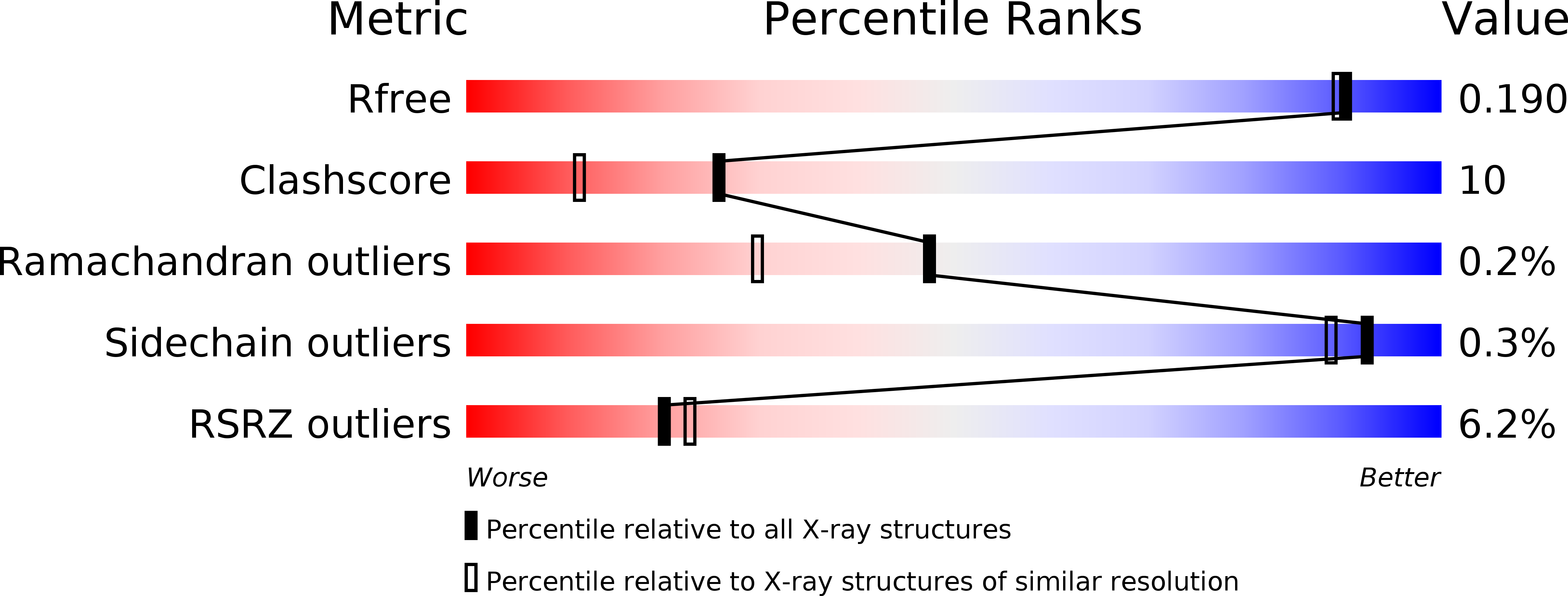
Deposition Date
2010-08-09
Release Date
2010-09-08
Last Version Date
2024-11-27
Entry Detail
PDB ID:
3OBR
Keywords:
Title:
Crystal structure of Botulinum neurotoxin serotype D binding domain
Biological Source:
Source Organism:
Clostridium botulinum (Taxon ID: 1491)
Host Organism:
Method Details:
Experimental Method:
Resolution:
1.72 Å
R-Value Free:
0.18
R-Value Work:
0.12
R-Value Observed:
0.12
Space Group:
P 21 21 21


